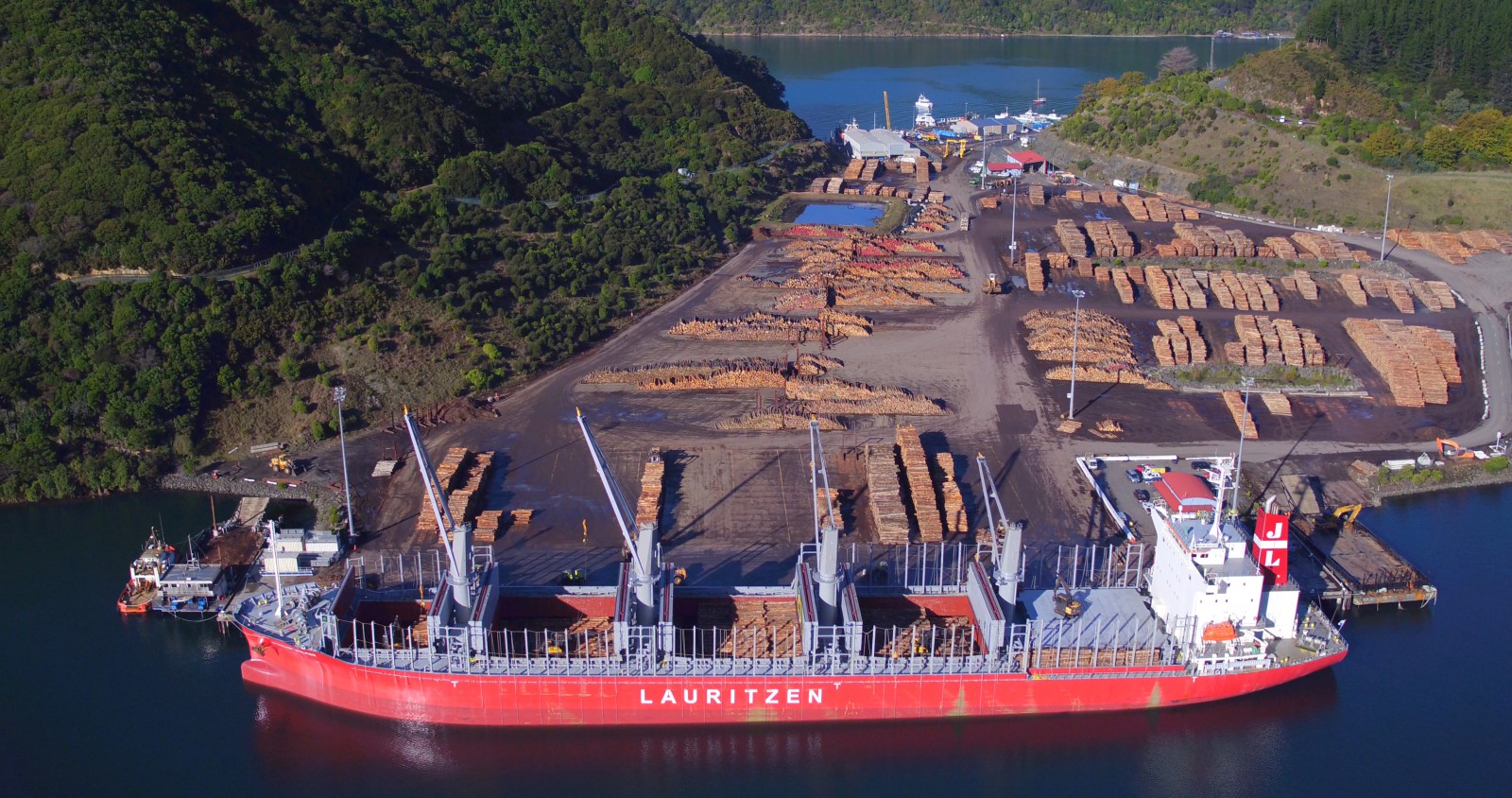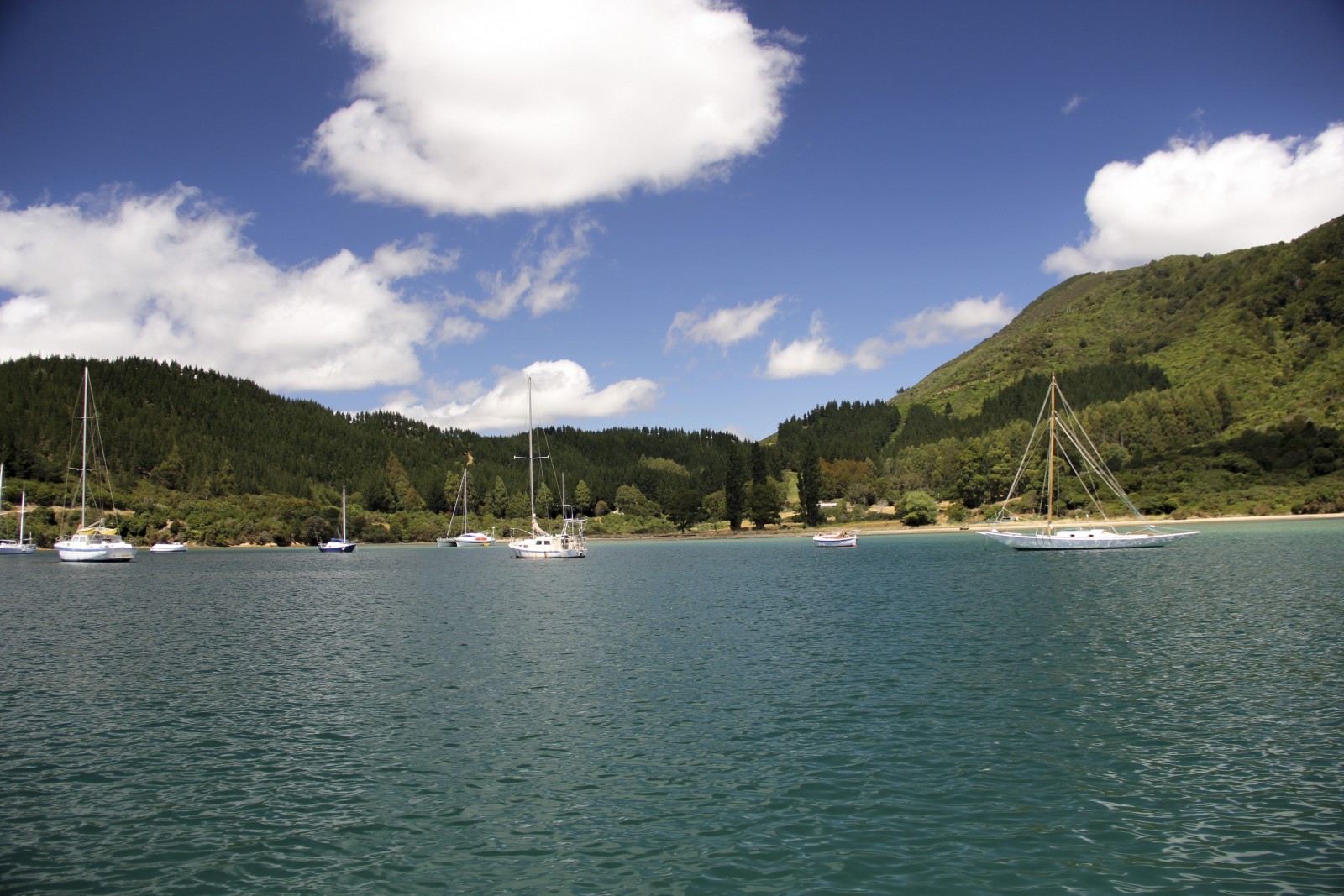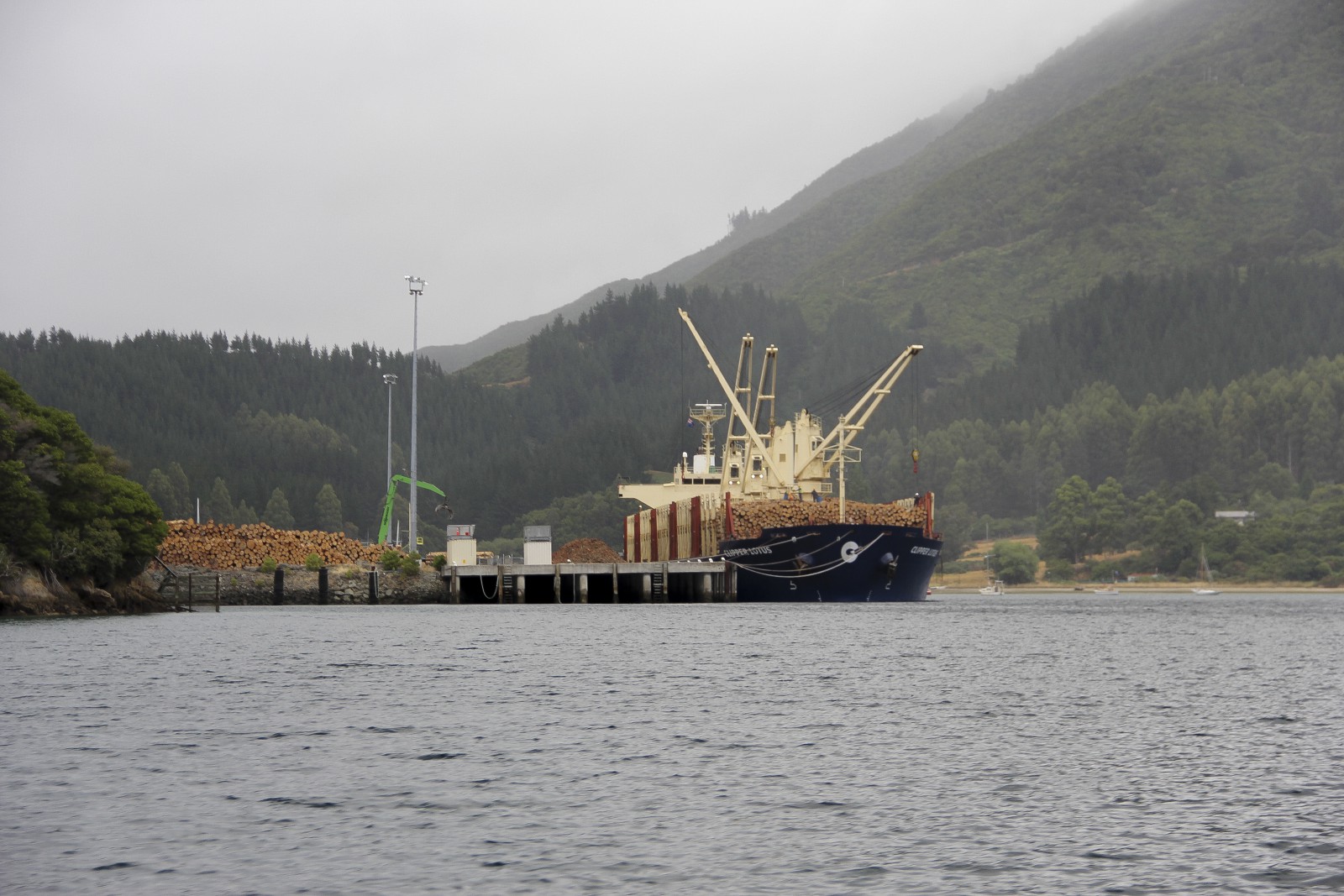The Māori name for this bay, Kaipupu, means eating shellfish.1
While there is no evidence that Māori lived in the bay, its name indicates that the area was important as a food gathering location, particularly for collecting mussels and pipi.2
The English name, Shakespeare Bay, was given to the bay by the New Zealand Company in 1849 when surveying nearby Waitohi/Picton for purchase.3
Pākehā (non-Māori) settled in the bay relatively early. Edward and Mary Ann Clemens moved there in 1861 and raised a family of 14 children.
Shakespeare Bay is interesting geologically. In 1864, officials from the Mines Department found evidence of an earthquake fault running along the shore of the bay and in the 1870s coal was discovered.
While several business ventures to mine the coal were started over the years, none were particularly successful.4
In 1900 the New Zealand Refrigerating Company selected a site at the neck of Kaipupu Point (the peninsula that divides Shakespeare Bay from Picton Harbour) for a freezing works and surrounding areas of bush were cleared for sheep grazing.5
The freezing works discharged waste and by-products into the bay from 1900 until the early 1970s. The water was regularly fouled and often coloured pink due to blood. From 1972 onwards, a discharge pipe was constructed to take the waste further out into Picton Harbour where it could be flushed away more easily. The freezing works closed in the early 1980s.6
During the 1930s and 1940s Shakespeare House, a boarding house for single men was built in the bay.
Also associated with the bay is the ship the Edwin Fox, an example of the wooden sailing ships that brought immigrants to New Zealand during the 1870s. Over the following decades the ship had several roles including becoming a freezer ship for the freezing works and finally being used as a coal hulk.
In 1965 the Edwin Fox Restoration Society was formed and the ship was purchased. The ship was towed to Shakespeare Bay where it remained for twenty years, gradually deteriorating until 1986 when the society relocated the ship to the Picton foreshore for preservation. The society built a museum and dry dock where the ship can be viewed.7
In May 2000 the Waimahara Wharf was opened on the site of the old freezing works. Waimahara means the waters of memory and recollection. It cost $15 million to construct and is the largest deep water port in New Zealand. The wharf was built primarily for timber export but is also used to berth cruise ships.8
In 2007 a series of protests were organised against the use of methyl-bromide fumigant on Port Marlborough land in the bay.9
In 1973, part of Kaipupu Point was made into a scenic reserve and eventually the management of the land was given to the Department of Conservation. The point still retained some remnants of the original forest mostly a mix of beech tawa.
In 2005, the land was loaned to the community to create a wildlife sanctuary and in 2008 a 600 metre long predator proof fence was. A circular walking track was completed in February 2013 and Kaipupu Wildlife Sanctuary was officially opened to the public in March 2013.10
1. Loreen Brehaut, “Shakespeare Bay”, accessed July 23, 2019, http://www.theprow.org.nz/yourstory/shakespeare-bay/#.XTbIlugzbIU .
2. Marlborough District Council, Nelson City Council and Tasman District Council, “Te Tau Ihu Statutory Acknowledgements 2014”, accessed April 2, 2019, http://www.nelson.govt.nz/assets/Environment/Downloads/TeTauIhu-StatutoryAcknowledgements.pdf .
3. H. A. H. Insull, Marlborough Place Names, (Wellington: A. H. & A. W. Reed, 1952) 60.
4. Brehaut, “Shakespeare Bay”.
5. Kaipupu Point Wildlife Sanctuary, “A Project for the Community, By the Community”, accessed February 21, 2023, http://www.kaipupupoint.co.nz/about.html .
6. E. Newcombe, O. Johnston, “Picton Bays Environmental Information and Health Assessment, Cawthron Report No. 2805”, accessed, July 30, 2019, http://envirolink.govt.nz/assets/Envirolink/1606-MLDC-106-Picton-Bays-Environmental-Information-and-Health-Assessment.PDF .
7. Brehaut, “Shakespeare Bay”.
8. “Shakespeare Bay”, Marlborough Express, May 18, 2000, 10.
9. Brehaut, “Shakespeare Bay”.
10. Kaipupu Point Wildlife Sanctuary, “A Project for the Community".








